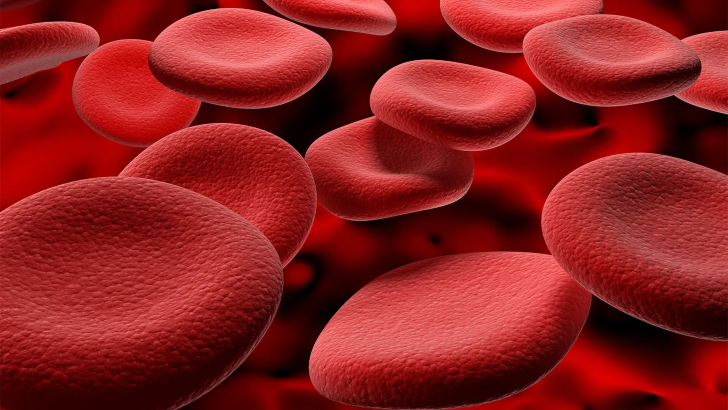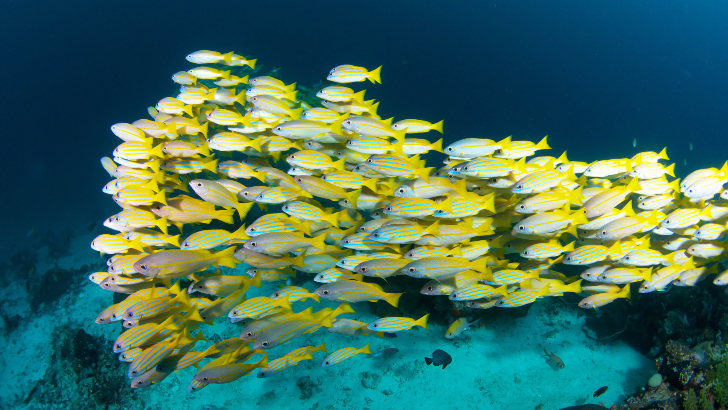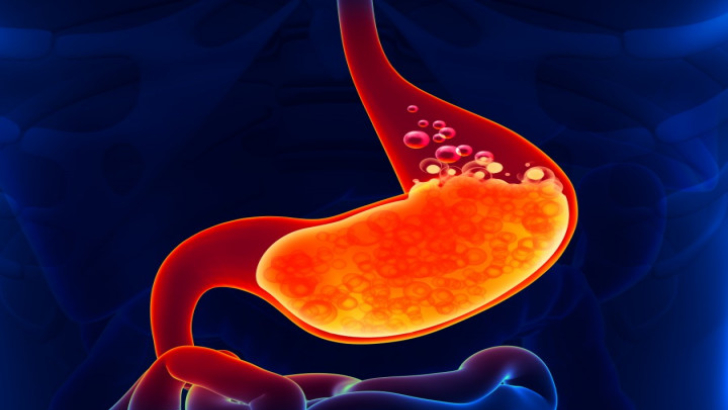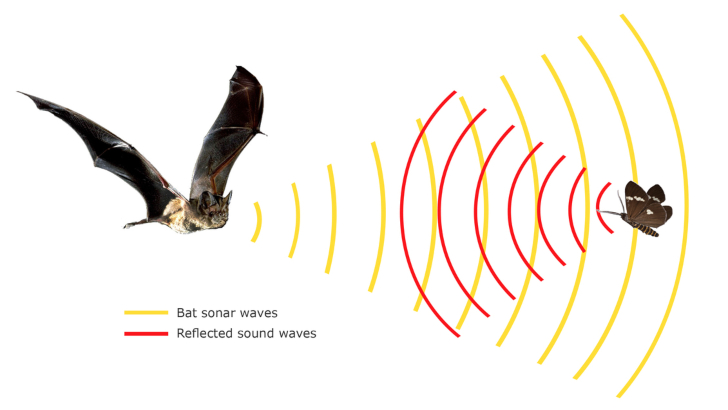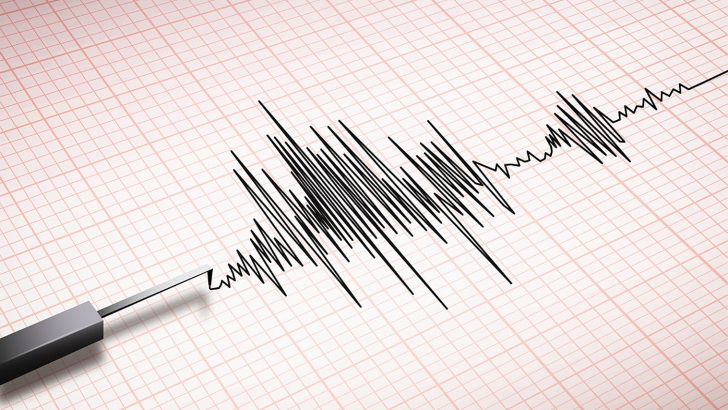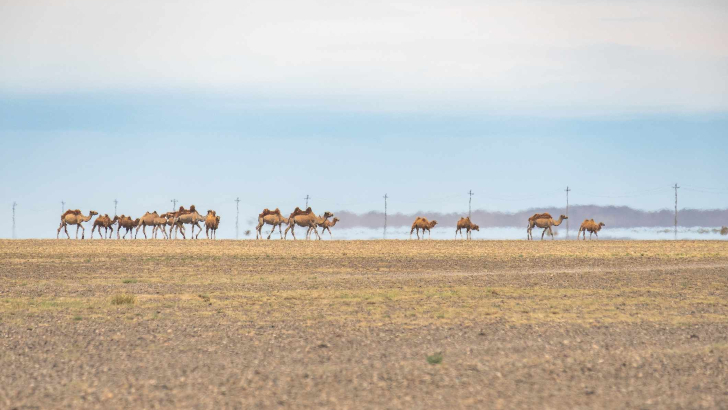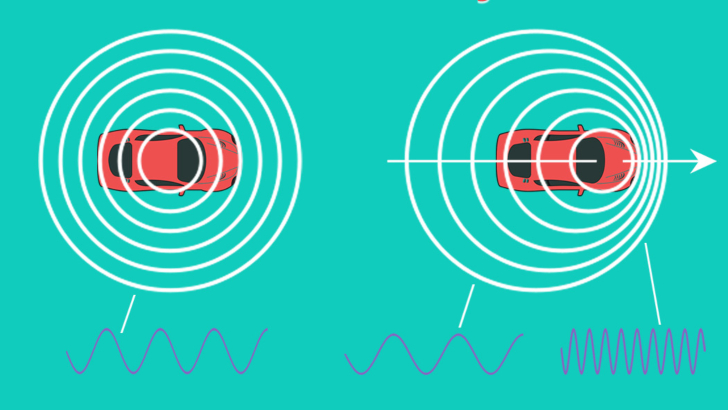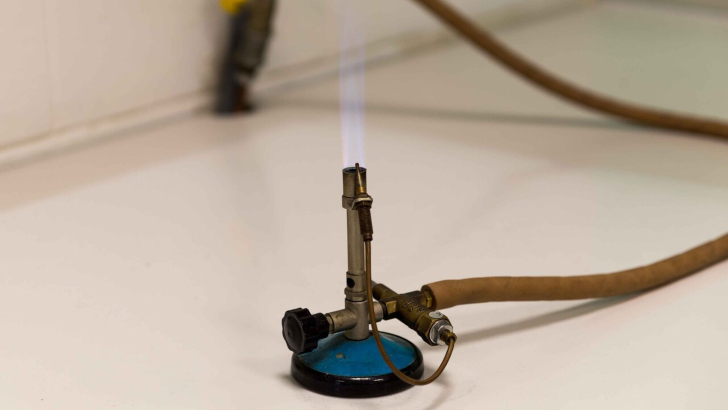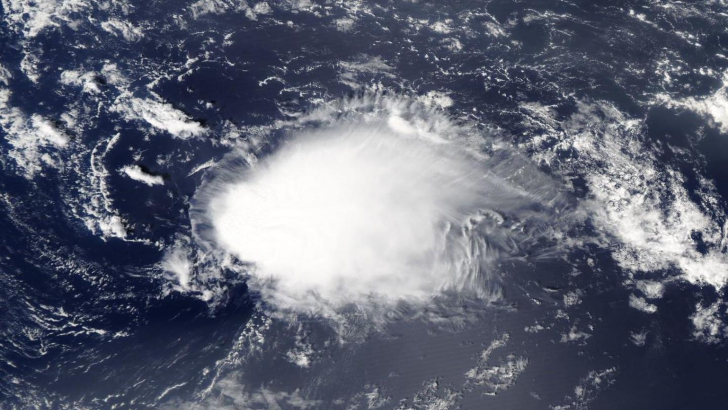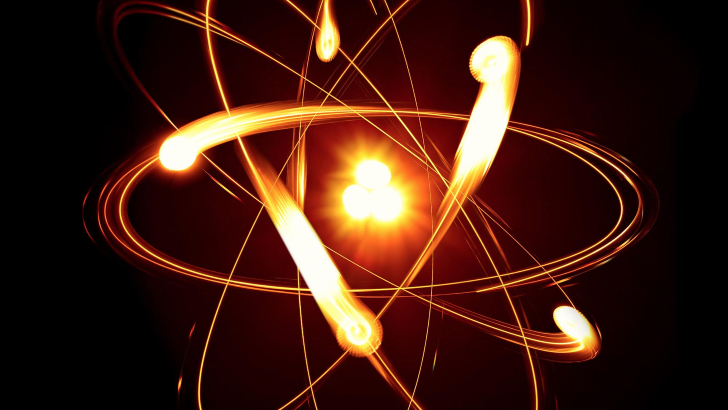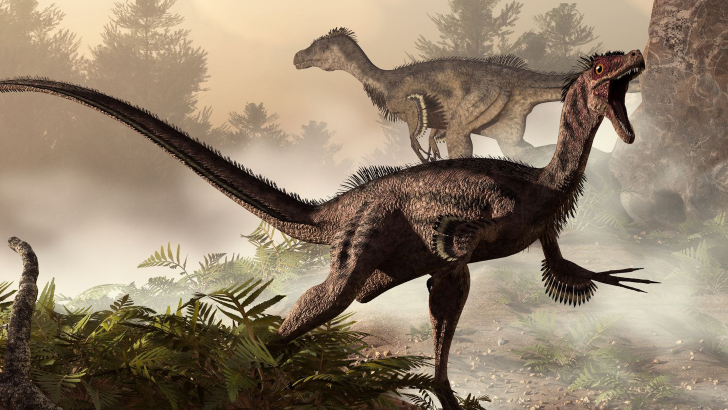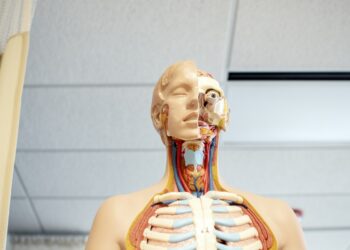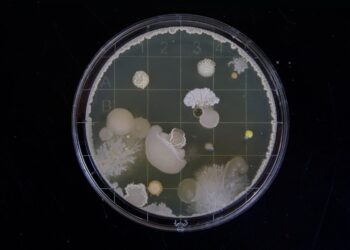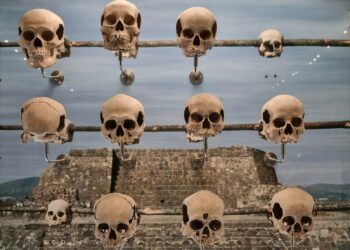We probably hear more scientific terms and facts than we realize in our daily lives. That is why you must be an actual genius to understand each of them. Take this quiz to find out if you're a science whiz!
What’s the scientific name for a massive tidal wave?
Tsunami
Seismic sea waves are a different name for tsunamis. Unlike regular waves, these tidal waves are brought on by natural occurrences like earthquakes, underwater explosions, and volcanic eruptions.
Which of the following is NOT a part of blood?
Lymph nodes
Lymph nodes are only present in specific body regions and are more frequently linked to the immune system. Blood also primarily consists of red blood cells. A lymph node, a lymph gland, is a kidney-shaped lymphatic and immune system organ. The lymphatic vessels connect many lymph nodes throughout the body.
What do you call a school of fish?
School
In general, “schooling” describes a group of fish swimming together nearly in unison. Instead, “shoaling” describes when fish congregate without as much planning, any group of fish that congregates for social reasons is referred to as shoaling, and the group is schooling if it swims in unison and with precision. The terms are sometimes used rather loosely in everyday speech.
What can you infer about a substance from its pH level?
Acidity
In general, something with a pH of 7 or higher is neutral, while something with a pH of 7 or lower is acidic. On this scale, substances typically fall between 0 and 14, but some can fall outside of either range. When a solution becomes ten times more acidic, the pH decreases by one unit.
What kind of navigation/detection do bats and dolphins use?
Echolocation
Animals use echolocation by emitting a sound that bounces back to them, allowing them to determine what is around them. Echolocation is used for navigation, obstacle avoidance, food acquisition, and social interactions. A physiological process aids in detecting distant or invisible objects (such as prey) and using sound waves reflected by the emitter (such as a bat) by the things.
What procedure do plants use to convert light to energy?
Photosynthesis
Photoautotrophs are organisms like plants, algae, and bacteria that use photosynthesis. Plants and other living things use photosynthesis to transform light energy into chemical energy, which can release through cellular respiration to power the organism’s activities.
What is the method for calculating an earthquake’s magnitude?
Richter scale
The Richter magnitude scale is a system for categorizing earthquake severity. A 4 or lower is considered fairly minor, and a seven or higher is significantly more destructive. A gauge for estimating earthquake intensity that Charles Francis Richter created and published in his seminal 1935 paper under the name “magnitude scale.”
What is the term for when life begins to sprout from a seed?
Germination
The germination process frequently occurs within seeds but can also happen in fungal spores. When the source is exposed to the elements required to support life, such as enough sunlight, water, or oxygen, germination takes place. The process by which a living thing grows from a spore or seed. The term describes sprouting a seedling from an angiosperm or gymnosperm seed.
What optical trick does light create when it shifts or distorts a distant image?
Mirage
As frequently depicted in literature, a mirage is commonly mistaken for a far-off body of water. An excellent, dense layer of air sits on top of a heated layer, similar to how it would be over water. Then, the opposite phenomenon occurs, and light rays initially pointed above the line of sight eventually reach the eye.
Which of these best illustrates the Doppler effect?
An ambulance’s siren
The phenomenon known as the Doppler effect—named after physicist Christian Doppler—causes a sound wave’s frequency to change depending on whether its source is moving closer to or farther away from the listener. These explain the pitch of a siren’s sound changes depending on whether it is approaching or fleeing from you.
What other terms are used to describe Polaris?
The North Star
The Polaris star, also called Alpha Ursae Minoris, is frequently used for navigation. It is the brightest star in the constellation and is easily visible to the naked eye at night, with an apparent magnitude of around 1.98. The star is currently the northern pole star because it is less than 1° from the celestial north pole.
What congenital condition causes a living thing to lack pigmentation, leaving them with pink eyes and white hair?
Albinism
Animals and people can both have albinism. Albinism is the absence of chlorophyll in plants. Melanin levels in people with albinism are either significantly lower or absent altogether. These may impact their eyesight and coloration. Although some have brown or ginger hair, individuals with albinism frequently have white or very light blonde hair.
Identify which of the following is NOT a category of a cloud.
Brontide
The sound of thunder refers to as a “brontide.” Cirrocumulus, Altostratus, and Nimbostratus are a few cloud types that fall under this category; each is named after the altitude at which it typically manifests.
What field of science regarded Gregor Mendel as its founder?
Genetics
Gregor Johann Mendel experimented with pea crossbreeding and data collection to ascertain some of the basic principles of heredity. Mendel received posthumous recognition as the father of the modern science of genetics. He was born into a German-speaking family in the Silesian region of the Austrian Empire (present-day Czech Republic).
According to legend, which scientific discovery was made possible by an apple tree?
Gravity
Although Isaac Newton was not hit in the head by an apple, as legend has it, observing the falling fruit made him wonder why it always fell in a straight line. A fundamental interaction in which all things with mass or energy are attracted to one another.
What was the field that Charles Darwin pioneered?
Evolution
Most people are familiar with Darwin through his book “On the Origin of Species,” which covered the proof he discovered for evolution. His primary place of study was the Galapagos Islands.
What do you turn on when a science experiment calls for an open flame and heat?
Bunsen burner
Robert Bunsen, who contributed to popularizing the Bunsen burner, received its name. The stand connects to a hose that releases natural gas, which by then ignited by a spark to create an ongoing flame.
Which of these storm types is the weakest?
Tropical depression
A tropical depression, also called a tropical low, has less than 39 mph winds. The cyclone upgrades to a tropical storm when the cyclonic circulation becomes more organized and the winds with a maximum sustained speed of 39 to 73 miles per hour.
What subatomic entity possesses a negative charge?
Electron
The positive charge of protons and neutrons has no control, and electrons have a negative account. A negatively charged subatomic particle can be either bound to an atom or unrestrained (not bound). One of the three primary particles within a bit is an electron bound to it; the other two are protons and neutrons.
Which of these dinosaurs is the smallest?
Velociraptor
In “Jurassic Park,” velociraptors appeared to be about 7 feet tall, but in reality, they were more akin to a turkey in size. A group of theropod dinosaurs, dromaeosaurids, lived in the latter Cretaceous Period between 75 and 71 million years ago.
You failed the quiz, but don’t feel sad! 😩
We know you did your best, try harder next time.
You got an average score! 🤭
You will surely pass next time.
You ace this quiz. INCREDIBLE! 🤗
You just proved that you’re a science genius!
[giveaway id=12098]

